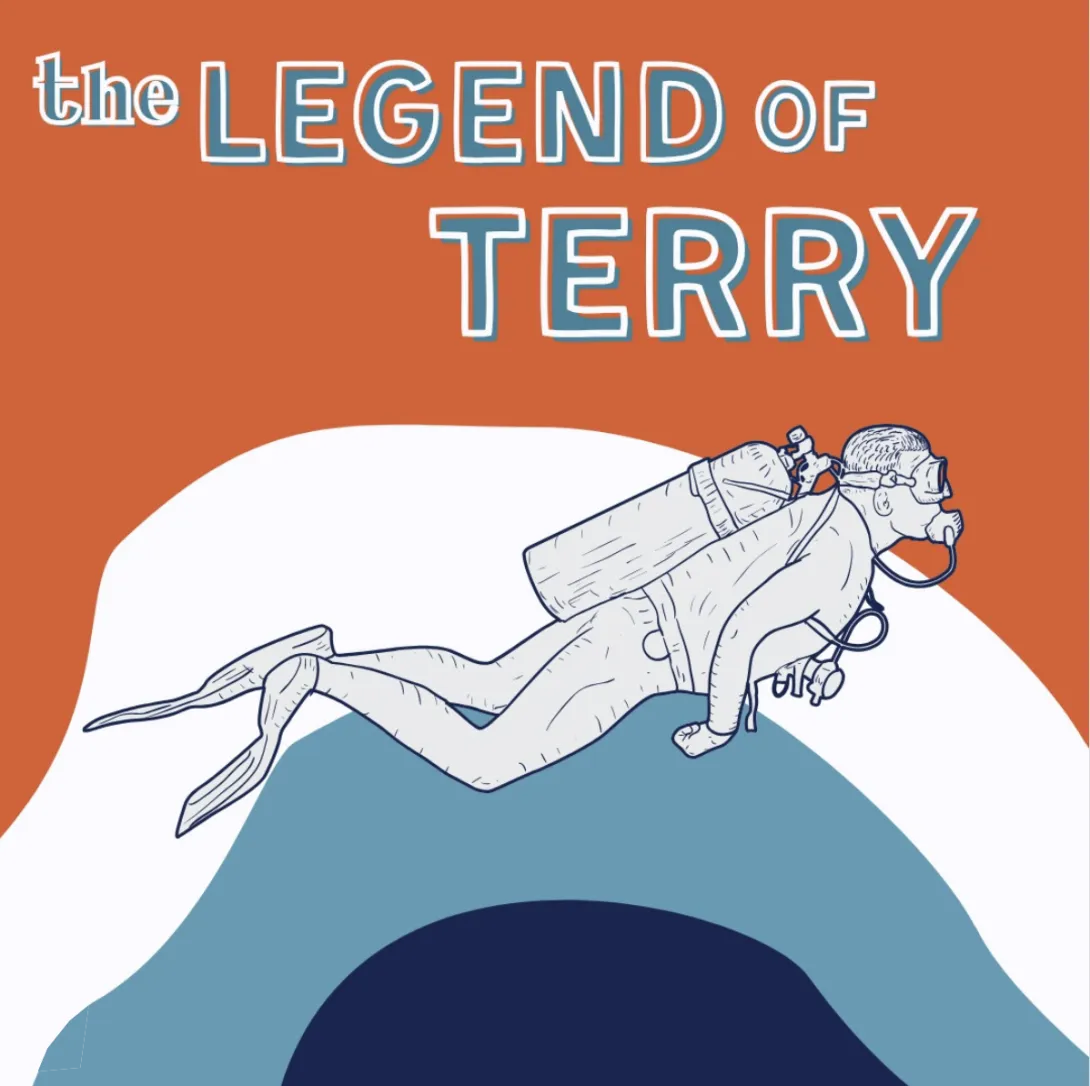Terry Kennedy wasn’t your average sailor. For nineteen years, he had an unlikely best friend—a giant Pacific manta ray named Willy. Their bond defied logic, science, and everything we thought we knew about ocean life.
I met Terry nine years ago while sailing along Mexico’s Baja Peninsula. I had anchored in San Juanico, a quiet bay north of Loreto, when I noticed something unusual happening on a trimaran next to me named Manta. While other sailors spent their afternoons dozing below, Terry and his wife, Dawn, loaded up their dinghy with dive gear and vanished into the open ocean. One evening, I joined them for sundowners, and over a few stiff rum & Cokes, Terry’s stories started to flow. It became clear that this man wasn’t just another cruiser—he had lived a life most people couldn’t even dream of.
Terry’s past was wild. He took his first dive at twelve—straight down to 200 feet, alone. Later, he joined the Navy and went to Vietnam. When he got out, he didn’t exactly settle down. He rode with the Hells Angels, ran a bar in Santa Monica where The Doors played a three-week stint, and eventually landed himself in prison. When he got out, he swapped his motorcycle for a sailboat and headed South. Mexico’s Sea of Cortez became his backyard and afforded him the freedom and adventure he needed in a constructive way. He spent decades diving its waters, logging over 14,000 dives, always searching for something more.
In the late 1980s, he found it. On a dive at Isla San Benedicto in the remote Revillagigedo Islands, he met Willy—a massive manta with a wingspan more than twenty feet. But Willy wasn’t just another manta. He was different. He approached Terry deliberately, as if he wanted to interact. Over time, Willy would come to the boat and slap his wing against the hull, signaling for Terry to jump in. Soon, Terry was riding on Willy’s back, gliding through the water as if they were part of the same current. In those days, there were very few divers and none understood it could be harmful to touch animals in the ocean.
Skeptics didn’t believe the stories, so Terry started filming. The footage was undeniable. Willy wasn’t just tolerating Terry—he was engaging with him, leading him through underwater canyons, protecting him from sharks, or just playing. Marine biologist Bob Rubin saw the footage and secured funding for one of the first major manta ray research projects. That work laid the foundation for an entire field of manta research that tracks over a thousand individual mantas at these islands. Many of the names Terry gave them—Rosy, Chevy, Tippy—are still used by scientists today.
But Terry’s bond with Willy was different. It went beyond research. For nearly two decades, they met at the island. Willy always found him, and when Terry climbed onto his back, it was as if they were communicating on a level no one else could understand. Terry swore Willy could sense his thoughts, adjusting his movements in perfect sync. Science still doesn’t have an explanation for it, but Bob Rubin says “it isn’t an unreasonable thought.” That’s because the faces of manta rays are filled with electrical receivers. They are very good at seeing electrical fields and it is our electrical fingerprint that they use to identify different divers.
In the last ten years, Terry’s trips to the islands have become impossible. Age has caught up with him, and maintaining a boat capable of making the journey is expensive and exhausting. He lives on land now, far from the world he knew. But he still thinks about Willy every day. He wonders if Willy is out there, waiting. He worries that his old friend might think he’s been forgotten.
Mantas can live a long time. Some disappear for decades and then reappear, seemingly unchanged. Scientists have tracked them migrating thousands of miles, only to return to the same places they once knew. One recently was logged by scientists after being gone for 35 years.
Terry was the first person to ride a giant manta and might be the last. Riding is not allowed by the marine park, as a measure to protect mantas from increased tourism. The close human interaction that once seemed innocent is now considered harmful. But Terry’s legacy remains—not just in the names he gave the mantas or the footage he captured, but in what he proved was possible.
Willy may still be out there somewhere, slicing through the blue depths. And maybe, just maybe, he’s searching for Terry too.
